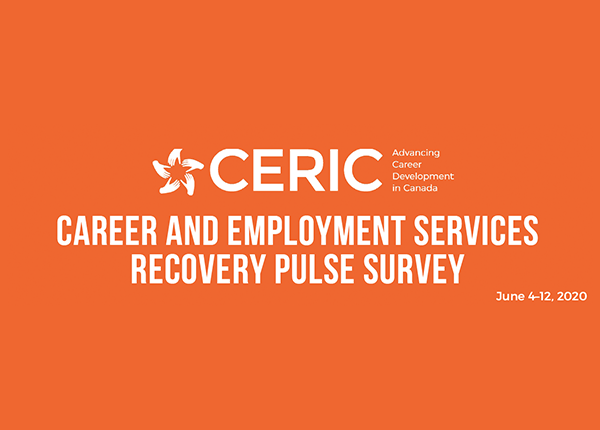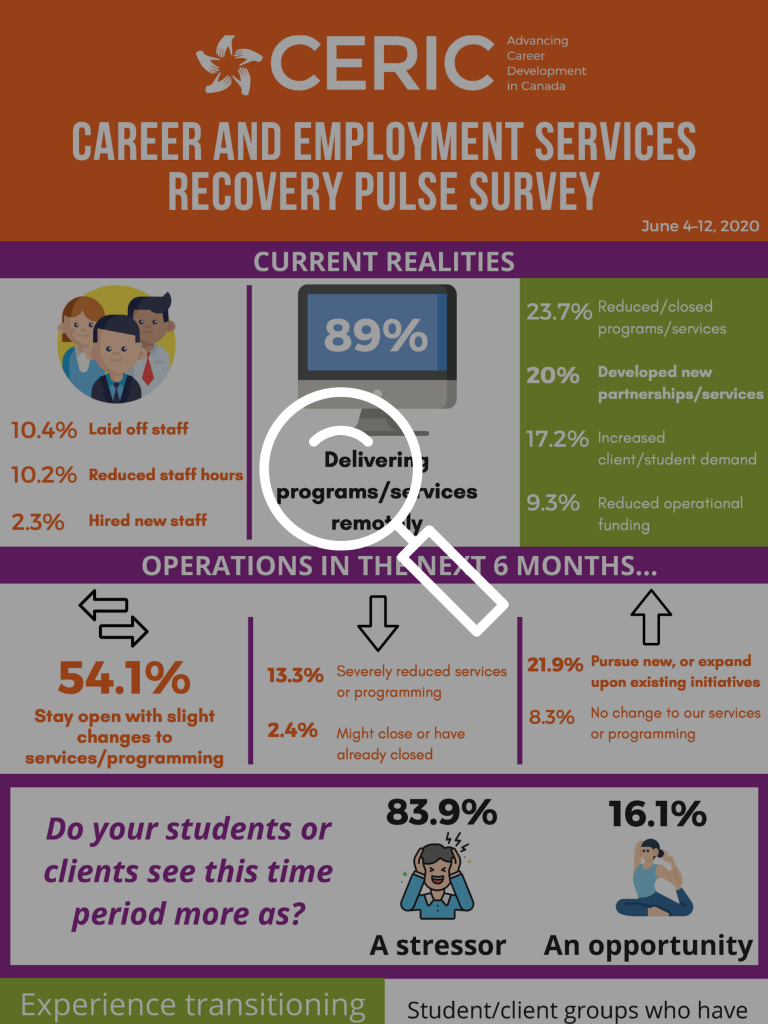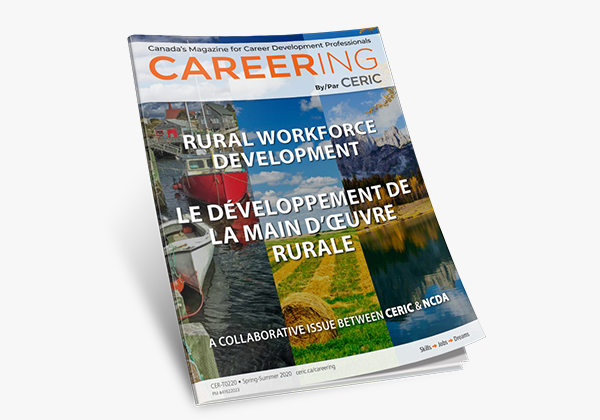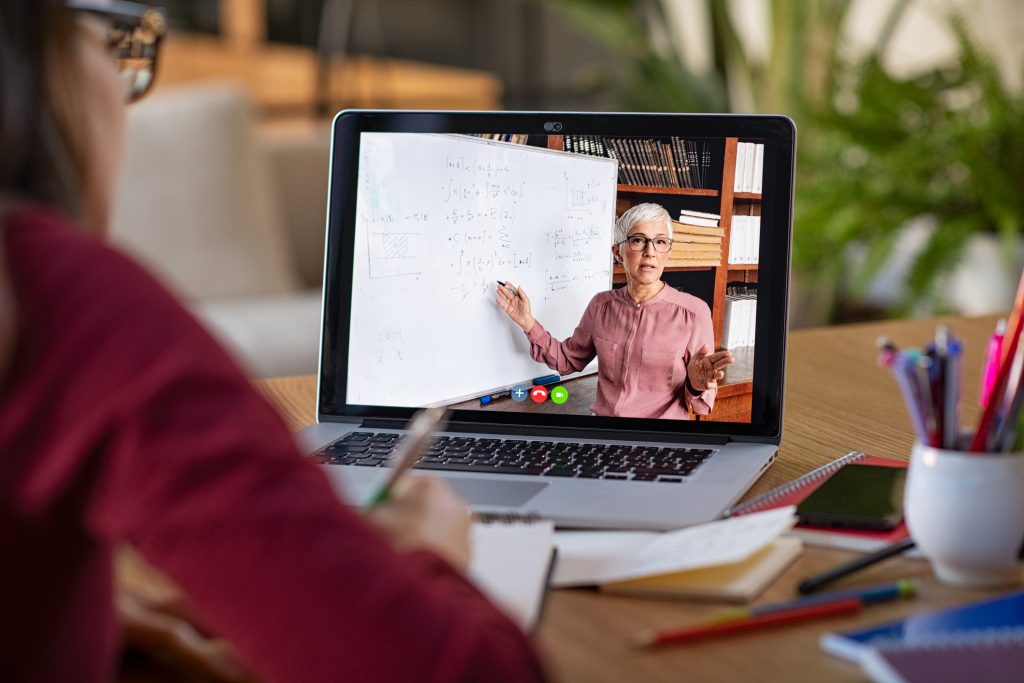Preparing the youth for a ‘revolution of opportunities’ in Canada’s agriculture
By Abdul-Rahim Abdulai
The Challenge of Agricultural Labour
The Canada Agricultural Human Resources Council has noted that no other sector in Canada faces as many labour challenges as the agriculture sector. The agency projects that, by 2029, nearly 123,000 jobs in agriculture are at risk of going unfilled. That will be equivalent to 32% of the total demand for labour in the sector, or roughly one in three jobs[i]. The surplus is expected to grow as the sector faces a rising number of retirements and fewer younger workers entering the labour force.
A previous study by the Ontario Agricultural College (OAC) confirmed that for each graduate entering into Ontario’s food and agricultural sector, about four jobs are available, a labour gap projected to grow in the future[ii]. With these gaps, a growing surplus of well-paid jobs exists in Canadian agriculture. As many such jobs go unfilled, a disjuncture between skills and labour availability is brought to bear. While these jobs may include traditional farm work, the majority are in the new and emerging farm work requiring new digital and cognitive skills.
Opportunities from unknown to untapped
“You got to know something about farming. Not everybody can take some seed into the sand and make some good soil and grow crops successfully. It’s not always that easy, but I got a tool today that I didn’t have when I started farming. And a very good tool. When I was 19 years old, it didn’t exist, that wasn’t invented yet. Do you know what it is? The internet.” (Farmer 1)[iii]
The above excerpt from my interview with an old farmer in Newfoundland got me thinking about emerging changes in agriculture. The internet, with the power it presents for the development of novel tools, processes and activities in farming, heralds the beginning of a new age of agricultural work. Current changes are ushering in digital agriculture, or what RBC called the Farmer 4.0.[iv]
As agricultural work is increasingly associated with big data, the internet of things, drones and other smart systems, greater opportunities are created, yet unknown to many and untapped at best. The existing opportunities are avenues left untapped by the younger generation, who are increasingly detached from the farm and the realities of forward-looking agriculture. For instance, farmer 4.0 is innovative, highly skilled, data-driven and diverse. Youth are best known to represent these characteristics, which anchor the new skill requirements in agriculture.
Preparing the youth for future work in agriculture
The path to discovering and tapping into the opportunities of new farming methods require collaborative efforts to unveil current opportunities in agriculture to youth, while at the same time equipping them with the needed practical experiences and skills to access these opportunities. Multidisciplinary and transdisciplinary education must be at the core of higher education in Canada and beyond. Our current education program, which is largely anchored on discipline specificity, creates a disconnect between agriculture, technology, business and other critical sectors. Meanwhile, the practical world is experiencing increasing links between disciplines. Hence, institutions must adopt interdisciplinary approaches to create synergy among diverse skill requirements of modern agriculture. For example, new courses on digital agriculture could help bring ICT and agriculture closer to allow the younger generations to appreciate the growing connections between the two sectors.
Also, experiential learning opportunities are needed across educational stages. More co-op programs, and other models that allow students to engage with the industry and to experience what is out there, are essential in generating interest in agricultural careers. Only through such programs can the younger generation become exposed to experiences of the new ways of farming, ultimately growing their interest in the sector.
Author Bio
Abdul-Rahim Abdulai is a Ph.D. candidate at the Department of Geography, Environment and Geomatics at the University of Guelph, and affiliated with the Arrell Food Institute. Abdul-Rahim’s interest is in the future of agriculture, through workforce development and digital technological advancements. His research asks questions on motivating people to enter into agricultural workforce and mechanism to prepare youth for changing skill requirements triggered by emerging digital agricultural technologies.
References
[i] CAHRC (2019). How Labour Challenges Will Shape the Future of Agriculture: Agriculture Forecast to 2029. https://cahrc-ccrha.ca/sites/default/files/National%20Report_Final%20-%20EN%202019%20reduced%20size.pdf
[ii] Ontario Agricultural College (2017) Ontario Agricultural College. Planning for Tomorrow 2.0
[iii] Abdulai, A. (2018). Motivating Future Farmers? Understanding Farmer Attraction and Retention Policy Interventions in Newfoundland and Labrador’s Agriculture. https://research.library.mun.ca/13375/
[iv] RBC (2019). Farmer 4.0. How the coming skills revolution can transform agriculture http://www.rbc.com/economics/economic-reports/pdf/other-reports/Farmer4_aug2019.pdf








 Rural, northern and remote communities are essential to Canada’s economy and quality of life. They are home to key industries – from agriculture and natural resources to manufacturing and tourism – and they represent the very fabric of this country. Together, they drive nearly one-third of Canada’s economy and play a crucial role in nation building. Fostering strong, thriving rural communities builds better lives for millions of Canadians and contributes to the prosperity of the entire country.
Rural, northern and remote communities are essential to Canada’s economy and quality of life. They are home to key industries – from agriculture and natural resources to manufacturing and tourism – and they represent the very fabric of this country. Together, they drive nearly one-third of Canada’s economy and play a crucial role in nation building. Fostering strong, thriving rural communities builds better lives for millions of Canadians and contributes to the prosperity of the entire country.

 Many career development organizations have begun creating online workshops to complement their face-to-face offerings or as a substitute for live seminars. Online workshops can be a great way to provide services to a broader audience, particularly in rural and remote communities where it can be difficult for clients to travel long distances to attend a workshop in person, especially during the winter months. This may be even more important now, as COVID-19 physical distancing has reduced or eliminated opportunities for face-to-face training.
Many career development organizations have begun creating online workshops to complement their face-to-face offerings or as a substitute for live seminars. Online workshops can be a great way to provide services to a broader audience, particularly in rural and remote communities where it can be difficult for clients to travel long distances to attend a workshop in person, especially during the winter months. This may be even more important now, as COVID-19 physical distancing has reduced or eliminated opportunities for face-to-face training.